Discovering the fascinating world of coffee can be a delightful journey, whether you’re a casual drinker or a passionate aficionado. From the moment the coffee beans are selected to the final sip of your freshly brewed cup, every step plays a crucial role in delivering the rich flavors and aromas we love. This article will guide you through the essence of coffee, exploring its history, how to choose the right beans, roasting techniques, brewing methods, and storage tips.
As we dive deeper into the world of coffee, you’ll gain insights that will enhance your appreciation for this beloved beverage. Whether you’re looking to impress your friends with your knowledge of coffee culture or simply want to brew the perfect cup at home, you’ll find practical tips and interesting facts that will elevate your coffee experience.
- Explore the rich history and diverse cultures surrounding coffee.
- Learn how to choose the best coffee beans for your taste preferences.
- Discover effective roasting techniques and brewing methods to enjoy a perfect cup.
History and Culture of Coffee
Origin of Coffee
The story of coffee begins in the ancient coffee forests of Ethiopia. According to legend, a goat herder named Kaldi discovered the energizing effects of coffee beans after noticing that his goats became unusually lively after eating the berries from a certain tree. This moment marked the birth of coffee as we know it today. The beans were later cultivated and traded across the Arabian Peninsula, paving the way for coffee to become a global phenomenon.
As coffee spread throughout the Middle East, it quickly gained popularity. By the 15th century, it was being cultivated in Persia, Egypt, and Turkey. Coffee houses, known as “qahveh khaneh,” began to emerge as social hubs where people gathered to drink coffee, listen to music, and engage in conversation. These establishments played a significant role in the cultural exchange of ideas and laid the groundwork for modern coffee culture.
The journey of coffee didn’t stop in the Middle East; it continued to travel to Europe, where it became a fashionable drink among the elite. By the 17th century, coffee houses were popping up in major cities like London, Paris, and Vienna. These venues became centers of intellectual discussion, where philosophers and artists would gather to share their thoughts over a cup of coffee.
- Coffee’s origins trace back to Ethiopia and its discovery by a goat herder.
- The drink spread to the Middle East, where coffee houses became cultural hubs.
- By the 17th century, coffee gained popularity in Europe, influencing social and intellectual gatherings.
Coffee Culture Around the World
As coffee traveled the globe, each region developed its own unique coffee culture. In Italy, for example, the espresso became a staple, known for its rich flavor and strong aroma. Italians have mastered the art of crafting the perfect shot of espresso, often enjoying it standing at the bar with friends. This vibrant coffee culture is a reflection of Italy’s social fabric, where coffee is not just a drink but an experience shared among people.
In contrast, in countries like Brazil, coffee is a significant part of daily life and economy. Brazilian coffee is often characterized by its smooth and sweet profile, making it popular worldwide. Here, coffee is enjoyed in various forms, from the traditional “cafezinho” served in small cups to the elaborate brewing methods found in specialty coffee shops. The country’s rich coffee history highlights the importance of coffee as a cultural and economic asset.
Furthermore, in Japan, coffee culture has also evolved in exciting ways. The Japanese take pride in their meticulous brewing techniques, often incorporating precision and artistry into each cup. From pour-over methods to siphon brewing, Japanese coffee enthusiasts appreciate the delicate flavors and aromas that can be extracted through careful preparation. This dedication to craftsmanship elevates coffee drinking to an art form.
Ultimately, coffee culture continues to evolve, reflecting the diversity of the people who enjoy it. Whether you’re sipping a cappuccino in a bustling café in Rome or savoring a pour-over in a quiet Tokyo shop, each cup of coffee tells a story that connects us to different cultures around the world.

If you’re eager to delve deeper into the world of coffee, you might find our article, Exploring How Coffee Bean Choices and Quantity Define Flavor, particularly insightful. This piece examines how the selection and amount of coffee beans can significantly influence the flavor of your brew, complementing the rich history and cultural significance of coffee we’ve discussed here.
- In Italy, espresso is a social experience enjoyed at local bars.
- Brazil’s coffee culture highlights the drink’s economic significance and diverse brewing methods.
- Japan embraces meticulous brewing techniques, turning coffee preparation into an art form.
- Coffee culture around the world is a reflection of diverse traditions and social connections.
How to Choose Coffee Beans
Types and Characteristics of Beans
Choosing the right coffee beans can significantly influence your brewing experience and the flavors you enjoy. There are primarily two types of coffee beans: Arabica and Robusta. Arabica beans are known for their smooth, mild flavor and higher acidity, making them a favorite among coffee enthusiasts. They typically grow at higher altitudes and are more sensitive to climate conditions. On the other hand, Robusta beans have a stronger, more bitter taste with a higher caffeine content. They’re often used in espresso blends for their rich crema and bold flavor.
When you explore the world of coffee beans, you’ll also encounter various specialty beans from different regions. Each origin offers unique characteristics influenced by factors like climate, soil, and processing methods. For instance, Ethiopian beans often have fruity and floral notes, while Colombian beans tend to be well-balanced and nutty. Understanding these nuances can help you select beans that align with your taste preferences, enhancing your overall coffee experience.
- Arabica beans are smooth and mild with higher acidity.
- Robusta beans are bolder and more bitter with higher caffeine.
- Specialty beans vary in flavor profiles based on their region of origin.
Tips for Selection
Now that you’re aware of the types of coffee beans, let’s dive into some practical tips for selecting the perfect beans for your cup. First, always consider the roast date. Freshness is key when it comes to coffee. Look for beans that have been roasted recently, as they will offer the best flavors. If possible, buy from local roasters who can provide you with freshly roasted beans.
Next, think about your brewing method. Different brewing techniques can bring out different flavors in the coffee. For example, if you’re using a French press, you might prefer a coarser grind and a medium roast to achieve a balanced flavor. On the other hand, if you enjoy espresso, a fine grind with a darker roast may be more suitable to create that rich, creamy shot.
Additionally, don’t hesitate to experiment with different blends and single-origin beans. Trying various options can be a fun way to discover your personal favorites. You might find that you enjoy the fruity notes of an Ethiopian bean one day and prefer the nuttiness of a Colombian blend the next.
Lastly, consider investing in a good grinder. Grinding your beans just before brewing can elevate your coffee’s freshness and flavor. A burr grinder is often recommended for its ability to provide a consistent grind size, which is crucial for optimal extraction during brewing.
- Look for beans with a recent roast date for maximum freshness.
- Match your bean choice to your brewing method for the best flavor.
- Don’t shy away from trying new blends or single-origin beans.
- Invest in a quality grinder to enhance the flavor of your coffee.
Roasting Techniques
Roasting Process
Roasting coffee beans is where the magic happens. It’s a transformative process that brings out the rich flavors and aromas we associate with coffee. As the beans are heated, they undergo a series of chemical changes that result in the development of complex flavors. This process typically involves three main stages: drying, browning, and development. During the drying phase, moisture is removed, allowing the beans to become lighter in color.
As the roasting progresses into the browning stage, the Maillard reaction occurs, creating a range of flavors from nutty to caramelized. Finally, in the development phase, the beans reach their desired roast level, which can range from light to dark. Each roast level offers distinct flavor profiles, making it essential to understand how roasting affects your coffee experience.
- The roasting process consists of drying, browning, and development.
- Different roast levels result in unique flavor profiles.
- Understanding roasting can enhance your coffee experience.
Home Roasting Methods
If you’re eager to take your coffee experience to the next level, consider trying your hand at home roasting. It’s a rewarding way to explore flavors and customize your coffee. One popular method involves using a popcorn popper, which provides a simple and effective way to roast beans. With this technique, you can achieve a light to medium roast in about 5-10 minutes. Just remember to keep an eye on the beans to avoid burning them.
Another method is using an oven. Spread the beans on a baking sheet and roast them at a high temperature, turning them every few minutes to ensure even roasting. This method allows for larger batches and can produce a nice medium roast. For those looking for precision, a dedicated home coffee roaster is an excellent investment. These machines are designed to control temperature and airflow, allowing you to achieve consistent results.
As you explore home roasting, keep in mind that freshness is key. Once roasted, beans should be allowed to rest for a day or two to develop their flavors fully. Store them in an airtight container to maintain their freshness, and grind them just before brewing for the best flavor.
- Home roasting allows for flavor exploration and customization.
- Popular methods include using a popcorn popper or an oven.
- A dedicated coffee roaster offers precision and consistency.
- Freshly roasted beans should rest before brewing for optimal flavor.
Coffee Brewing Methods
Basic Brewing Techniques
Now that you’ve explored the fascinating world of coffee beans and roasting, it’s time to dive into the various brewing methods that can make your coffee experience even more enjoyable. Brewing coffee is an art that allows you to extract the flavors and aromas from your chosen beans in different ways. Each method has its unique characteristics, offering a variety of flavors and strengths that can elevate your coffee game.
The first step in brewing is choosing the right grind size for your coffee beans, which can greatly impact the extraction process. For instance, a coarse grind is ideal for methods like French press, while a fine grind works best for espresso. Additionally, pay attention to water temperature. Ideally, you want your water to be just off the boil, around 200°F (93°C), to avoid scalding the coffee and bringing out undesirable flavors.
Finally, the brewing time is crucial. Each method requires a different steeping time, so it’s essential to follow the recommended times. Over-extracting can lead to bitterness, while under-extracting can leave you with a weak cup. By mastering these basic techniques, you’ll be on your way to brewing a delicious cup of coffee that suits your taste.
- Choose the right grind size for your brewing method.
- Use water at the ideal temperature of around 200°F (93°C).
- Pay attention to steeping times to avoid bitterness.
Using Different Brewing Equipment
When it comes to brewing coffee, the equipment you use can make a significant difference in the final flavor of your cup. There are various types of brewing equipment available, each offering its unique experience and results. For example, a classic drip coffee maker is perfect for those who appreciate convenience and consistency. It allows you to brew larger quantities of coffee while maintaining a balanced flavor profile.
If you crave a more hands-on approach, consider using a pour-over setup. This method gives you control over the brewing process, allowing you to adjust the flow rate and extraction time. You’ll find that the result can be a beautifully nuanced cup of coffee that highlights the beans’ unique characteristics. Alternatively, if you’re short on time, an AeroPress can deliver a rich and flavorful brew in just a few minutes, offering versatility and ease of use.
Experimenting with different equipment can lead to exciting discoveries about your coffee preferences. You might find that one method brings out the fruity notes of Ethiopian beans, while another enhances the nuttiness of Colombian coffee. The journey of finding your ideal brewing method is part of the fun in the world of coffee.

If you’re looking to deepen your understanding of coffee and its intricate flavors, you might find it beneficial to explore this article, “Exploring Coffee Bean Workshops! Your Complete Guide to Choosing, Roasting, and Brewing.” It delves into the selection and roasting of coffee beans, providing essential insights that can enhance your brewing techniques and overall coffee experience.
- Drip coffee makers offer convenience and consistency for larger brews.
- Pour-over setups provide control over the brewing process for nuanced flavors.
- AeroPress is a quick and versatile option for rich coffee.
How to Store Coffee
Tips for Keeping Freshness
Storing your coffee properly is crucial to maintaining its freshness and flavor. After all, you want to enjoy the best taste possible every time you brew a cup. One of the first things to remember is to keep your coffee beans away from light, heat, and moisture. These elements can cause the beans to go stale more quickly, diminishing their vibrant flavors.
A common mistake is to store coffee in the fridge or freezer. While it might seem like a good idea, the temperature fluctuations when you take the coffee out can introduce moisture, which is not ideal. Instead, aim to store your coffee in a cool, dark place like a pantry or cupboard.
Another key tip is to buy coffee in smaller quantities. This way, you can ensure that you’re using fresh beans regularly. If you find a blend you love, consider purchasing it in a sealed bag or container that you can easily access without exposing the beans to air each time.
- Keep coffee beans in a cool, dark place.
- Avoid storing coffee in the fridge or freezer.
- Buy smaller quantities to maintain freshness.
Choosing Storage Containers
Selecting the right storage container is just as important as where you place it. An airtight container is essential for preserving the flavors of your coffee beans. Look for containers made from opaque materials to block out light, which can degrade the coffee over time. Glass jars can be lovely for display but may allow light to seep in, so consider alternatives like ceramic or stainless steel.
When it comes to size, choose a container that fits the amount of coffee you typically use. If you buy in bulk, consider splitting the beans into smaller containers, keeping only what you need for daily use in the main container. This will help minimize exposure to air and keep the remaining beans fresh for longer.
Finally, remember to clean your storage container regularly. Old coffee oils and residues can affect the flavor of your new beans, so a quick wash every now and then will ensure that each brew is as delicious as possible.
- Use airtight containers to preserve coffee freshness.
- Opt for opaque materials to block light exposure.
- Clean storage containers regularly to avoid flavor contamination.
Summary
In our exploration of coffee, we’ve uncovered the intricate journey that coffee beans take from their origin to our cups. Understanding the history and culture surrounding coffee enriches our appreciation for this beloved beverage. By learning how to select the right beans, apply proper roasting techniques, and experiment with various brewing methods, you can elevate your coffee experience to new heights.
Additionally, storing coffee beans correctly is essential for maintaining their freshness and flavor. By keeping them in cool, dark places and using airtight containers, you can enjoy a delicious cup of coffee every time. Remember, the world of coffee is vast and filled with unique flavors waiting to be discovered.
As you dive into your coffee journey, don’t hesitate to share your thoughts and experiences. What are your favorite beans or brewing methods? Join the conversation and let us know!
- Understanding coffee’s history and culture enhances appreciation for the beverage.
- Selecting the right beans and using proper roasting and brewing techniques are key to a great coffee experience.
- Proper storage of coffee beans is essential for preserving freshness and flavor.


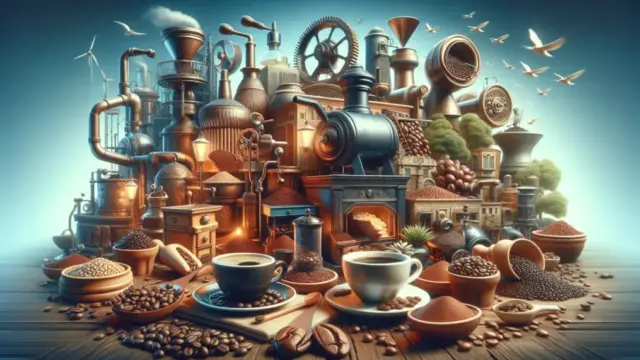
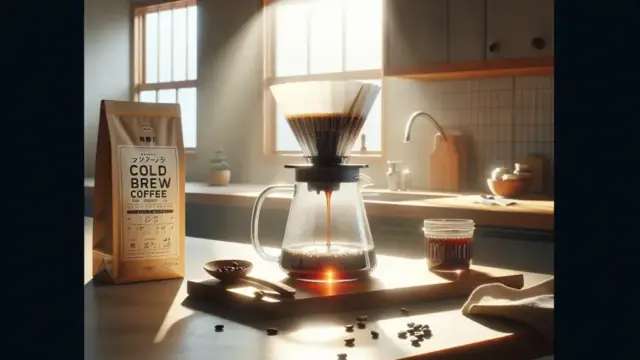

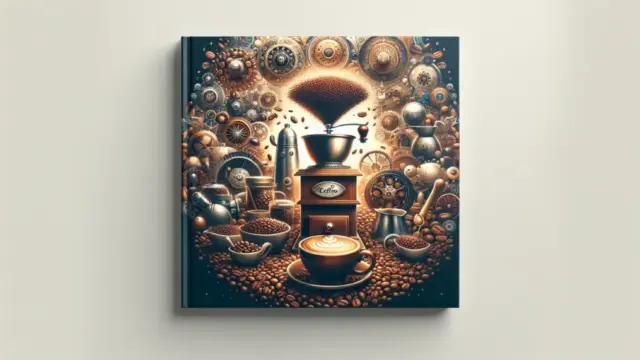








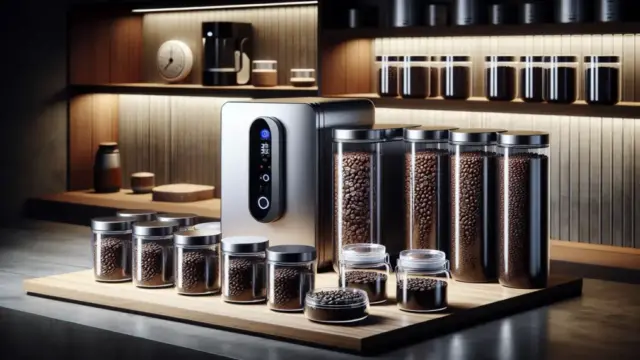
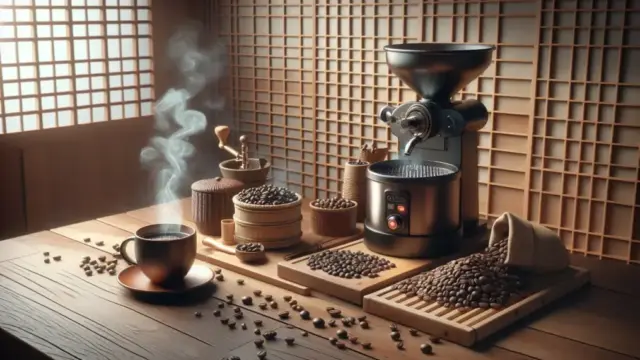





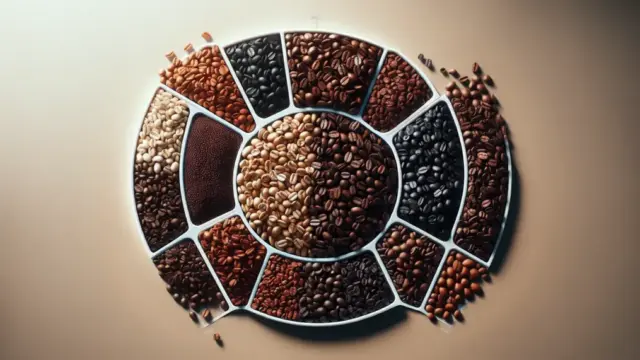


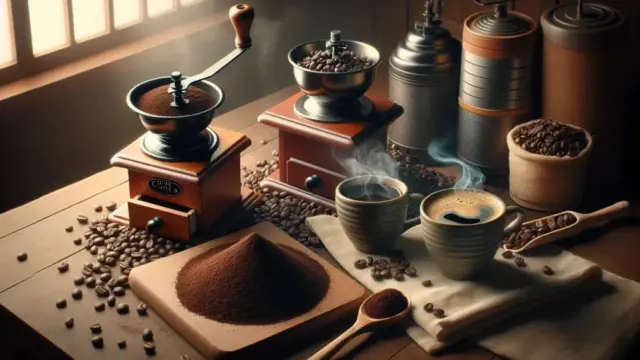

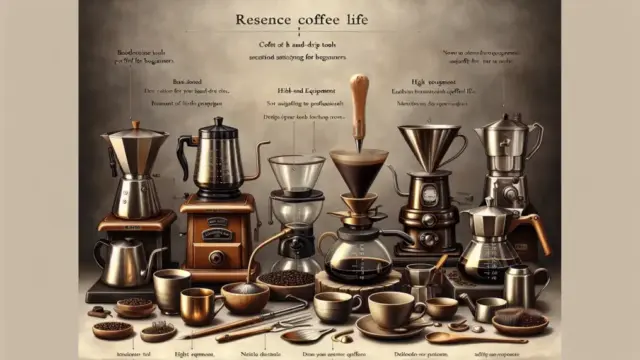




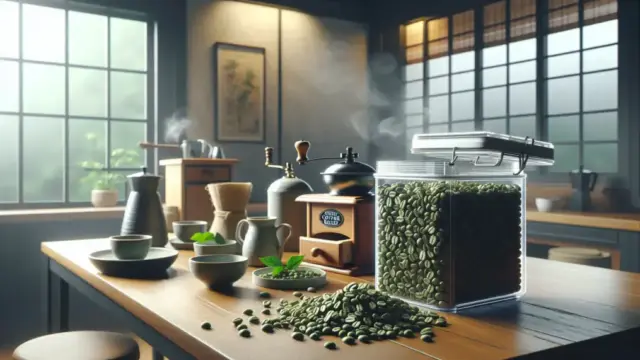


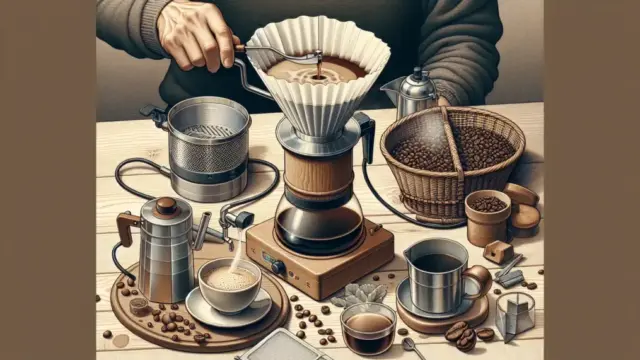
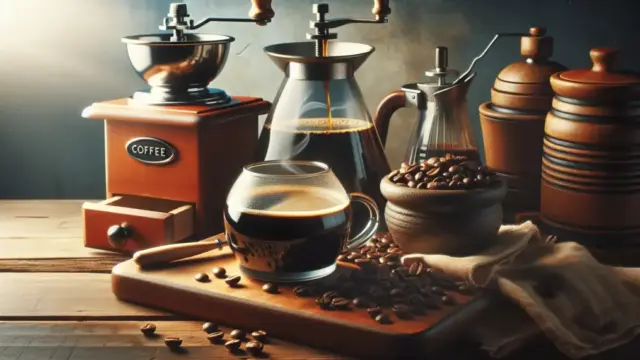





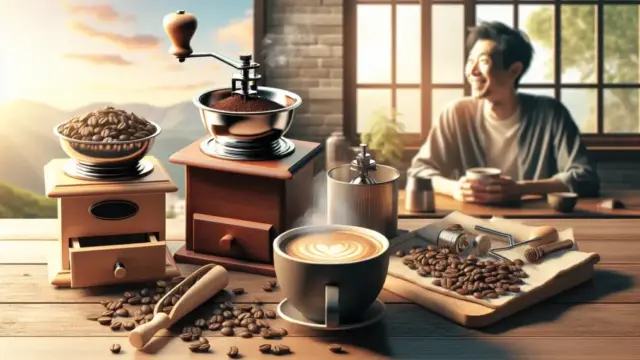




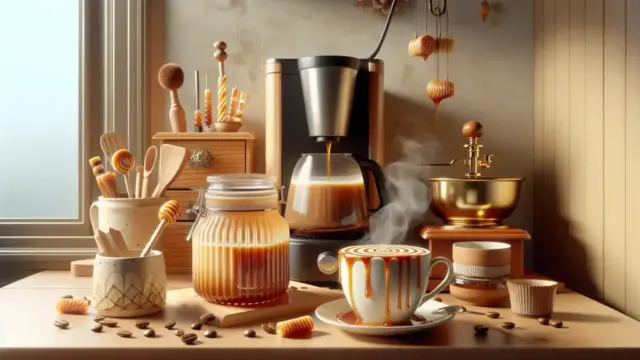
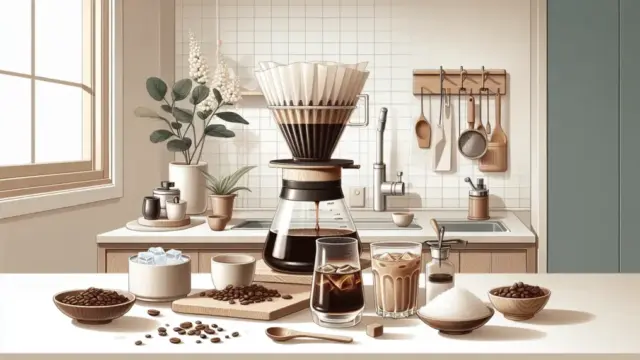
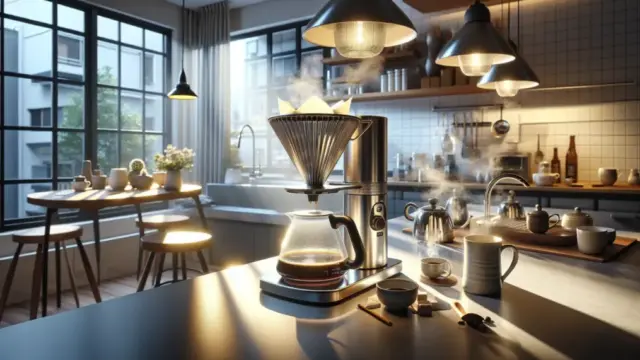




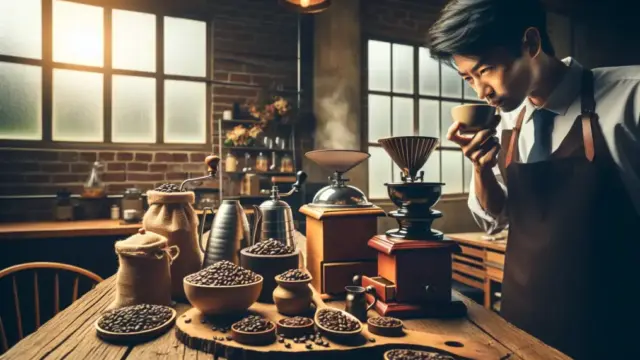





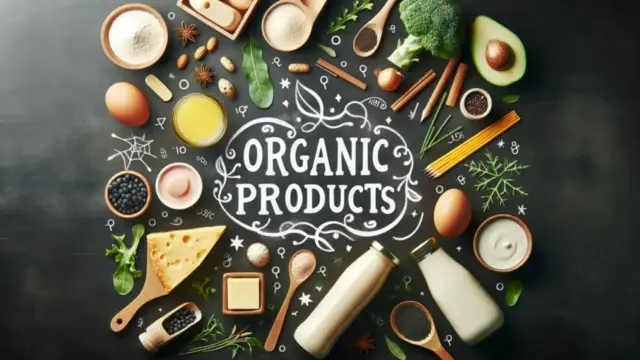



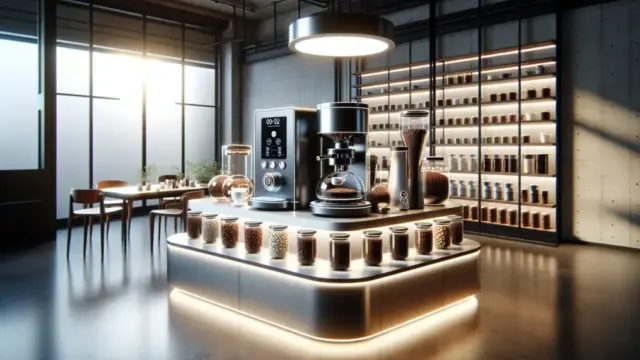








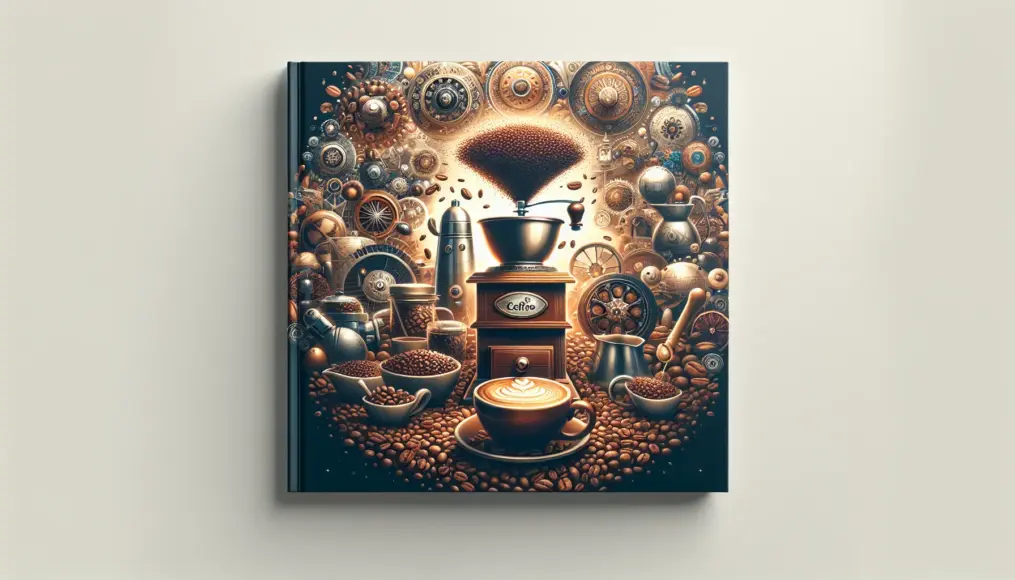
Comment